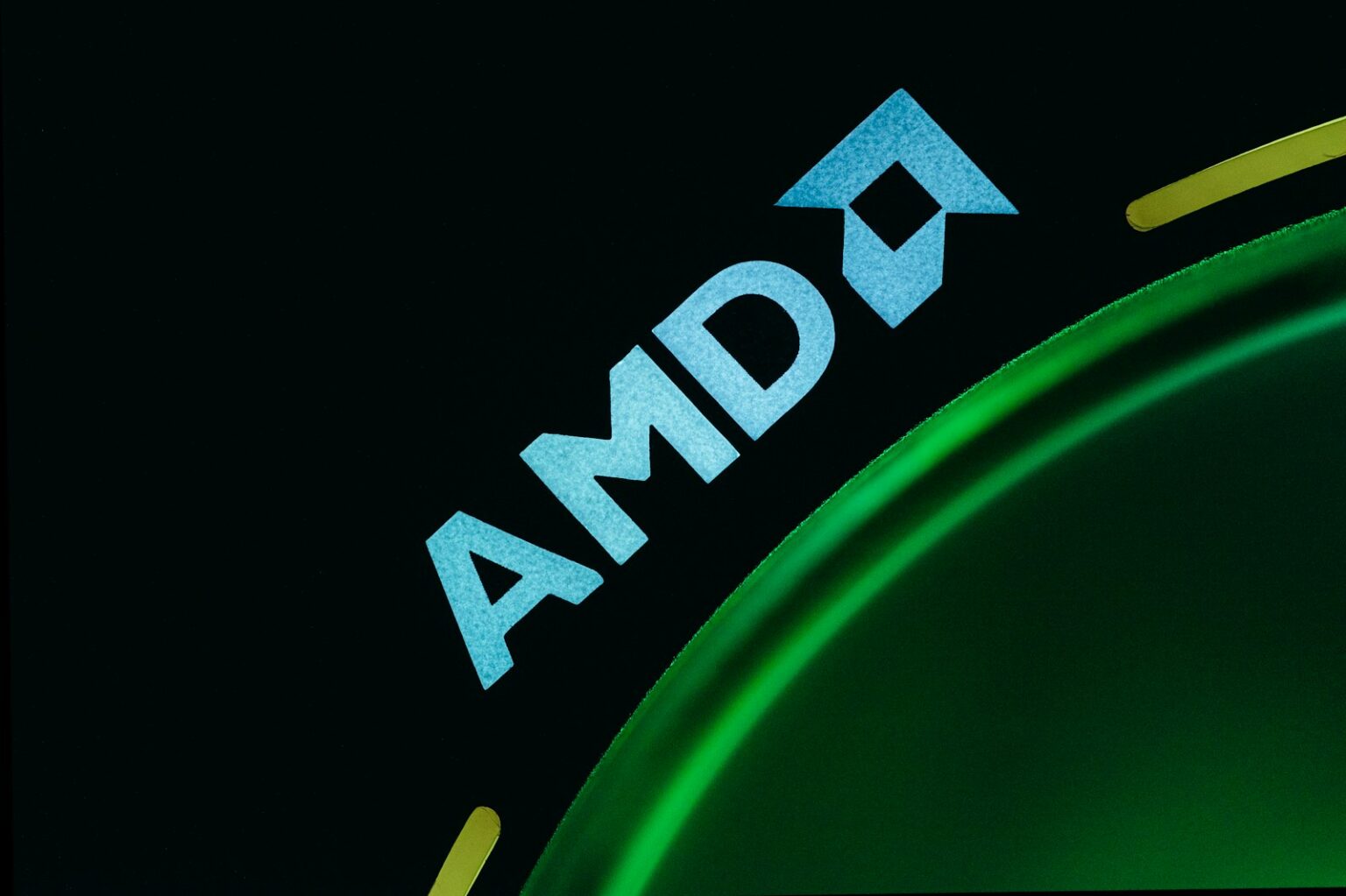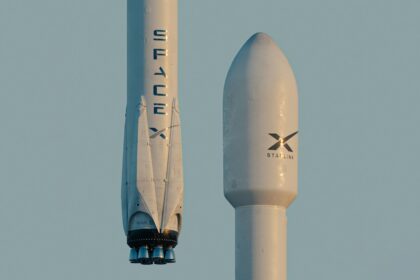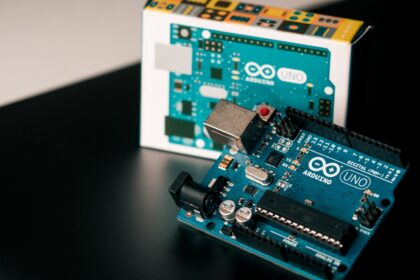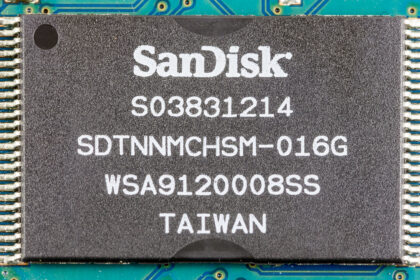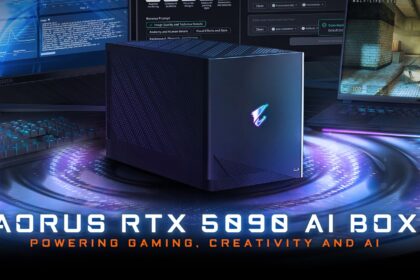The AI chip war just got more interesting. AMD has secured its biggest artificial intelligence contract ever, announcing a strategic partnership with OpenAI that could generate tens of billions in revenue. This deal marks a significant victory for AMD in its battle against Nvidia’s dominance in the AI chip market.
The partnership details are impressive
OpenAI will deploy 6 gigawatts of AMD’s Instinct GPUs over multiple years, starting with the next-generation MI450 series chips. To put this in perspective, 6 gigawatts is enough electricity to power approximately 4.5 million homes. That’s an enormous amount of computing power dedicated solely to artificial intelligence workloads.
The rollout begins with 1 gigawatt of capacity in the second half of 2026. This initial deployment will use AMD’s upcoming Instinct MI450 GPUs, which the company claims will be their most competitive AI chips yet. AMD describes the MI450 as their “no asterisk generation” – meaning it will compete directly with anything Nvidia offers.
“This partnership brings the best of AMD and OpenAI together to create a true win-win, enabling the world’s most ambitious AI buildout and advancing the entire AI ecosystem”, said Dr. Lisa Su, AMD’s Chair and CEO.
OpenAI gets a massive stake in AMD
The deal includes an unusual equity component. AMD has granted OpenAI a warrant to purchase up to 160 million shares at just one cent per share. If fully exercised, this would give OpenAI approximately a 10% stake in AMD based on current share counts.
The stock grants will vest in tranches tied to specific milestones. The first portion becomes available when OpenAI deploys the initial 1 gigawatt of capacity. Additional shares unlock as deployment scales toward the full 6 gigawatts. There’s also a performance component – the final tranche requires AMD’s stock price to reach $600 per share.
At current market values, a 10% stake in AMD would be worth approximately $27 billion. “This alignment of financial incentives ensures both companies are committed to the partnership’s success”, according to industry analysts.
AMD stock soars on the news
Investors reacted enthusiastically to the announcement. AMD’s stock price jumped over 35% in early trading Monday, adding nearly $60 billion to the company’s market capitalization. Shares that closed at $164.67 on Friday opened at $222.24 following the news.
The market reaction reflects the significance of this deal for AMD’s AI ambitions. This represents AMD’s first major victory in securing a massive AI infrastructure contract. Previously, such large deployments went almost exclusively to Nvidia.
“We see this agreement as transformative, not only for AMD but also for the industry’s dynamics”, said AMD’s Executive Vice President Forrest Norrod.
The MI450 chips promise serious performance
AMD is positioning the MI450 series as a game-changer in AI computing. The company claims these chips will outperform Nvidia’s competing products, including the upcoming Rubin architecture. This is a bold statement considering Nvidia’s current dominance in AI training and inference workloads.
The MI450 chips will feature HBM4 memory with up to 432GB capacity per GPU. This massive memory pool is crucial for handling large AI models that require enormous amounts of data to be readily accessible. AMD expects the MI450 to deliver superior performance-per-dollar compared to Nvidia’s offerings.
“We’re going to be there at the same time as Vera Rubin, and we’re going to be there with that part that’s fully performing”, Norrod promised at a recent conference.
This fits into OpenAI’s massive expansion plans
The AMD deal is part of OpenAI’s broader infrastructure buildout called Project Stargate. This initiative aims to deploy up to 10 gigawatts of AI computing capacity across multiple data centers in the United States. The total investment could reach $500 billion over the next five years.
OpenAI recently announced five new Stargate data center locations in Texas, New Mexico, Ohio, and other states. These facilities will bring Stargate’s total planned capacity to nearly 7 gigawatts. The AMD partnership adds 6 gigawatts on top of existing commitments.
Just last month, OpenAI signed a $100 billion deal with Nvidia for 10 gigawatts of GPU capacity. Combined with the AMD agreement, OpenAI is securing unprecedented amounts of computing power for its AI development efforts.
The power requirements are staggering
Operating 6 gigawatts of AI infrastructure presents massive challenges. Each gigawatt data center requires the same amount of electricity as some entire cities. These facilities will need dedicated power plants, advanced cooling systems, and specialized electrical infrastructure.
OpenAI is already addressing these challenges creatively. The company is building an on-site natural gas plant to power its Abilene, Texas data center. Other sites may require similar solutions to ensure reliable power delivery.
“The idea would be to deploy as soon as we can”, said Lisa Su during a conference call with investors. However, she noted that the timeline for full deployment depends on when OpenAI and AMD can secure sufficient power infrastructure.
AMD challenges Nvidia’s AI dominance
This partnership represents AMD’s most significant challenge to Nvidia’s overwhelming market leadership. Nvidia currently controls approximately 80-90% of the AI accelerator market, thanks to its powerful GPUs and mature CUDA software ecosystem.
AMD has been steadily improving its position with competitive hardware and open-source software alternatives. The company’s ROCm software platform provides an alternative to Nvidia’s proprietary CUDA environment. While ROCm still lags behind CUDA in maturity, it offers more flexibility and potentially lower costs.
“Others will follow suit because this is truly a trailblazer in the industry that holds considerable sway over the wider ecosystem”, predicted AMD’s strategy chief Mat Hein.
The financial impact could be enormous
AMD expects this deal to generate tens of billions in annual revenue once fully deployed. The company’s current data center revenue runs about $3.5 billion annually, so this partnership could more than triple that figure. Analysts project AMD could see over $100 billion in additional revenue from OpenAI and follow-on customers over the next four years.
The partnership also validates AMD’s AI strategy for other potential customers. Major cloud providers and AI companies often follow OpenAI’s lead in technology adoption. If the MI450 performs well for OpenAI, it could unlock additional massive contracts.
“This partnership is a major step in building the compute capacity needed to realize AI’s full potential”, said Sam Altman, OpenAI’s CEO.
Competition benefits the entire industry
The AMD-OpenAI partnership injects serious competition into the AI chip market. This competition drives innovation, pushes performance boundaries, and provides crucial alternatives to Nvidia’s ecosystem. For customers, more competition typically means better performance and lower prices.
The deal also highlights the enormous scale of AI infrastructure investments. Companies are spending hundreds of billions of dollars on computing capacity to support AI development and deployment. This creates opportunities for multiple chip vendors to succeed simultaneously.
From a geopolitical perspective, the partnership strengthens US-based AI infrastructure. Both AMD and OpenAI are American companies, keeping critical AI capabilities within domestic control. This alignment supports national technology leadership goals.
What this means for the future
The AMD-OpenAI deal signals that the AI chip market is entering a new phase of intense competition. While Nvidia maintains its leadership position, AMD is now positioned as a credible alternative for massive AI deployments.
The success of this partnership will likely determine whether AMD can capture a meaningful long-term share of the AI accelerator market. If the MI450 chips deliver on their performance promises, AMD could see additional major customers follow OpenAI’s lead.
For the broader AI industry, this competition ensures continued rapid innovation in chip performance and capabilities. The race between AMD and Nvidia will drive better AI hardware for everyone, accelerating progress in artificial intelligence applications across all sectors.


